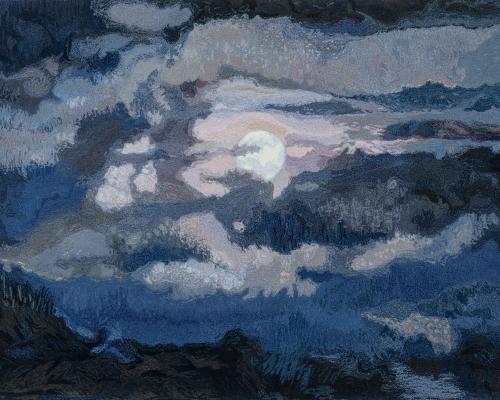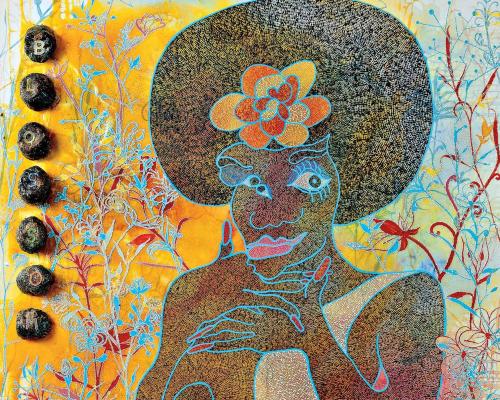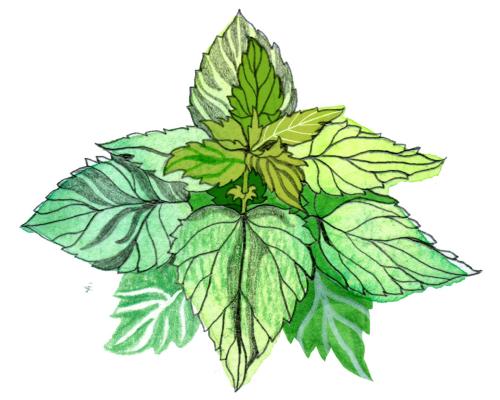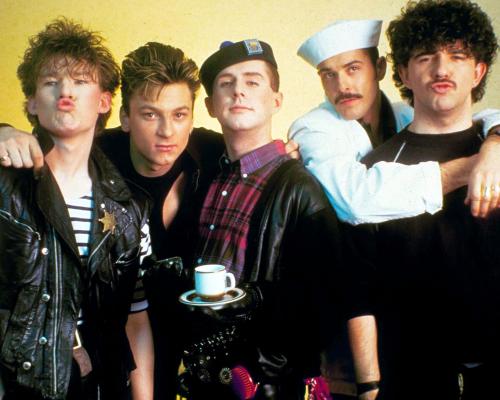
The forgotten story of African and Indian troops who fought in south Asia against Japanese forces during the second world war and who have largely been omitted from the official history is to be brought to life in a London exhibition.
The National Army Museum’s Beyond Burma: Forgotten Armies show includes rare items from Indian and African soldiers who toiled in some of the harshest conditions seen anywhere during the conflict.
There were an estimated 80,000 soldiers from Britain’s colonies including the Gambia, Ghana and Sierra Leone who sailed from west Africa to south Asia, initially heading to Burma (modern-day Myanmar) and joining the ranks of the 14th army.
Nigerians made up more than half of the west African soldiers deployed to south-east Asia after 1943 as part of the British army’s 81st and 82nd (West Africa) Divisions. However, the allied commander Gen William Slim did not mention the African soldiers in his speech thanking the 14th army.
Dr Alan Jeffreys, the museum’s head of collections and research, said: “To put it in numerical terms, in the 14th army there were 340,000 Indian soldiers, 100,000 British soldiers, 80,000 African soldiers. That number of Indian soldiers only increased, it was a predominantly Indian army by the end of 1945.”
In Britain, the forces in south Asia became known as the “forgotten army” as the focus shifted to the threat of Nazism that was sweeping through Europe.
Beyond Burma, which opens on 16 September, features medal groups awarded to Indian and African soldiers, as well as photographs and artwork. There is a focus on the reality of jungle warfare, the transformation of the Indian army, eventual victory and the campaign that continued during the 1940s in south-east Asia.
The challenging jungle conditions affected the entire fighting force and inspired artwork, some of which is included in the exhibition.
Jeffreys said: “There’s an artwork, And The World Was Covered in Darkness 1943, and it shows how claustrophobic the jungle could be. It was like an alien environment to pretty much all soldiers fighting that. The Australians in the Malayan campaign, the Indian and African soldiers and British soldiers in the Burma campaign, hardly anyone had fought in the jungle before.”
The artwork was painted by Maj Conrad “Dick” Richardson, who served in D-Force, which took small parties of men behind enemy lines to lay false trails. D-Force was commanded by Peter Fleming, the more famous – at the time – brother of Ian Fleming.
The exhibition is an attempt to reposition the conflict in the public imagination. “The show is called Beyond Burma – the fighting was also in India, Indonesia and Vietnam. The story continues up until the independence of Burma in 1948,” Jeffreys said.
“We want to show that many Indian-African soldiers were involved. Usually the focus is on British returnees and the prisoners of war – that’s generally what’s remembered in this country, or has been until more recent times.”
There have been efforts to redress the imbalance. In 2013, Griff Rhys Jones made a documentary about his father who commanded Ghanaian troops during the conflict. Biyi Bandele’s 2007 novel Burma Boy also brought the conflict to life.
Ten years ago, to mark the 70th anniversary of VJ Day, there was a focus on capturing the stories of surviving African soldiers. Documentaries detailed some of their experiences, including being treated like “slaves” by the British, and more positive encounters with African American soldiers who arrived after the Japanese surrendered.
“I knew Nigerians fought, but it was so distant I couldn’t place how it affected me as a Nigerian,” was how a grandson of one Nigerian veteran who served in south Asia put it.







